Wednesday Walk: bus trip to Guan Yin shrine in Chinatown.
During the Chinese New Year, the Guan Yin shrine in Chinatown was packed with crowds for several weeks. Chinese people and the Thai-Chinese descendants went to pay respect to Guan Yin and performed religious ceremonies at all the shrines in the compound of Thien Fah Foundation. Guan Yim shrine was established inside the compound of Thien Fah Foundation which also had a hospital for treating Chinese immigrants who couldn’t afford to go to local hospitals. Rich Chinese merchants set up this foundation in 1902, about 122 years ago. The statue of Guan Yin was carved out of teak wood during 12th century in China and was brought to Siam to the main shrine at the foundation.
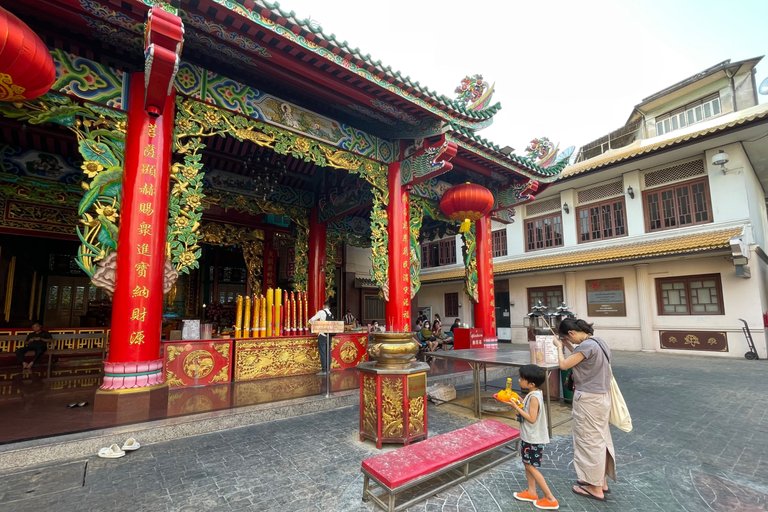
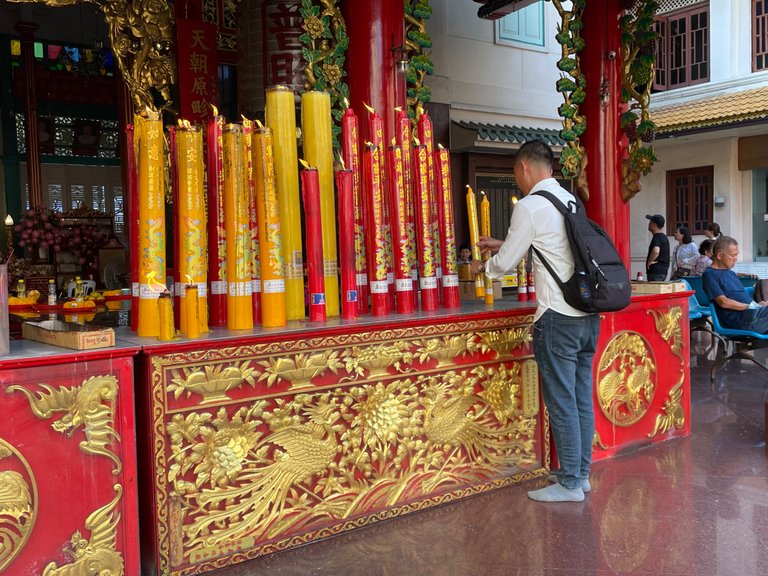

So, this Guan Yin shrine was very important to Chinese immigrants as a source of solace and spiritual supports for those in times of difficulties and feeling very homesick. During weekdays, there would be religious people coming to do prayers and meditation inside the shrine. This Guan Yin shrine has been famous for couples who wanted to have children to ask for Guan Yin’s favour. People whom suffered from sickness also seeked Guan Yin for speedy recovery and good health. I used to visit this shrine very often in the old days as the vibes inside the shrine was very calming and peaceful.
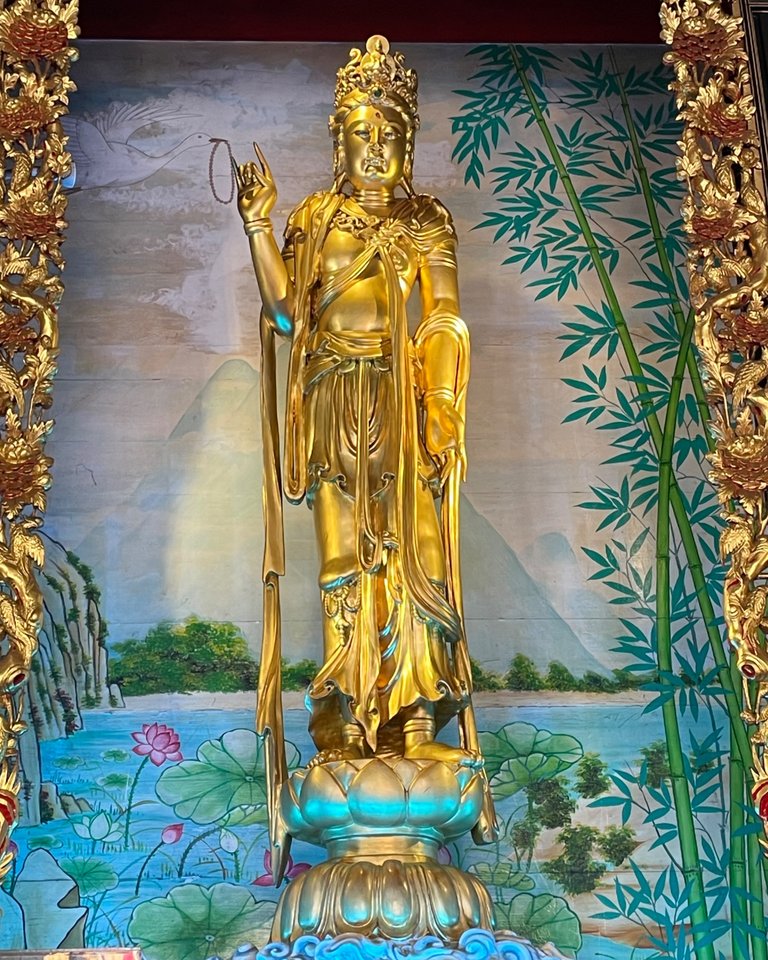
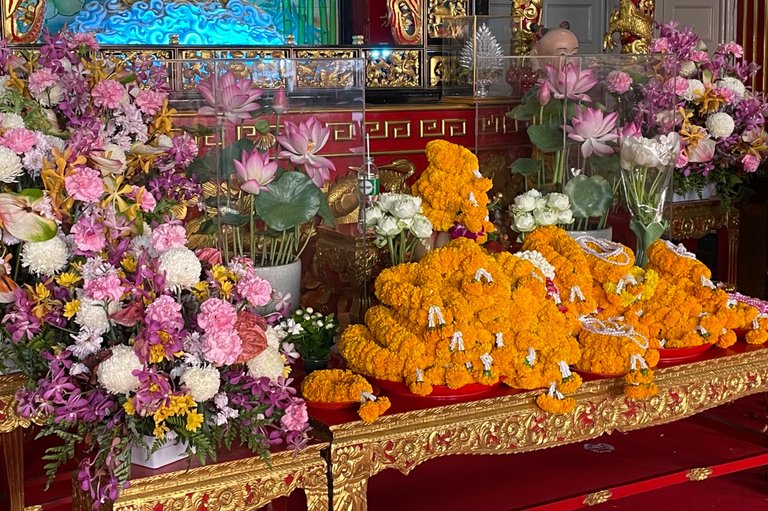

It was quite a hassle to get to Chinatown to pay respect to the old Guan Yin. The traffic was usually heavy and I had to park my car at the shopping mall then catch the local bus to Chinatown. This process would take me almost two hours but once I was inside the hot-bus, my mood suddenly became jolly and adventurous. I tried to observe all the old buildings along New Road and all the changes they had been through. This road was the first road built in Bangkok as a result of a petition by foreign diplomats and merchants living in Bangkok during the reign of King Rama V. So these buildings would be over 120 years old or older.
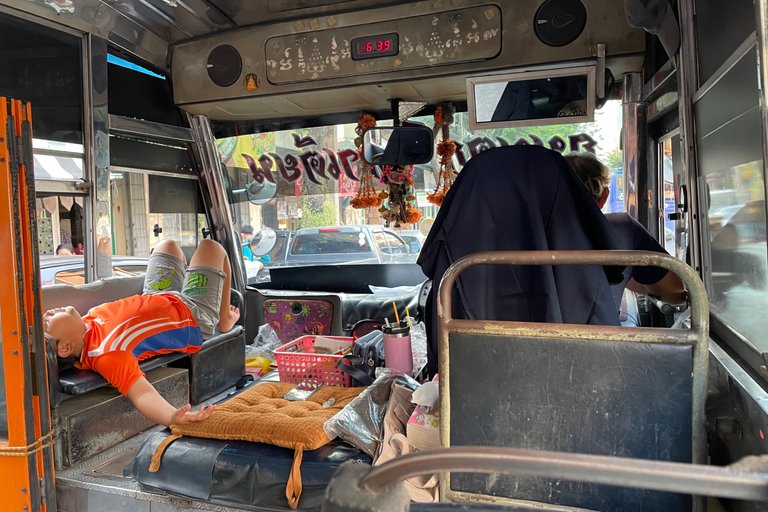
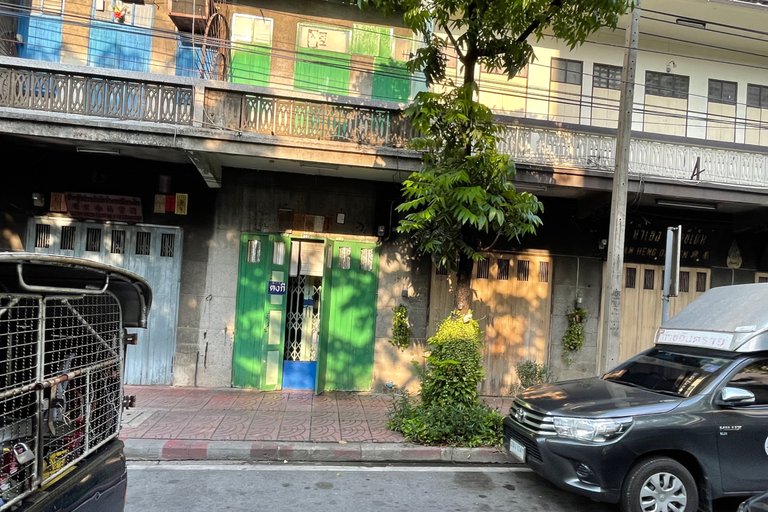
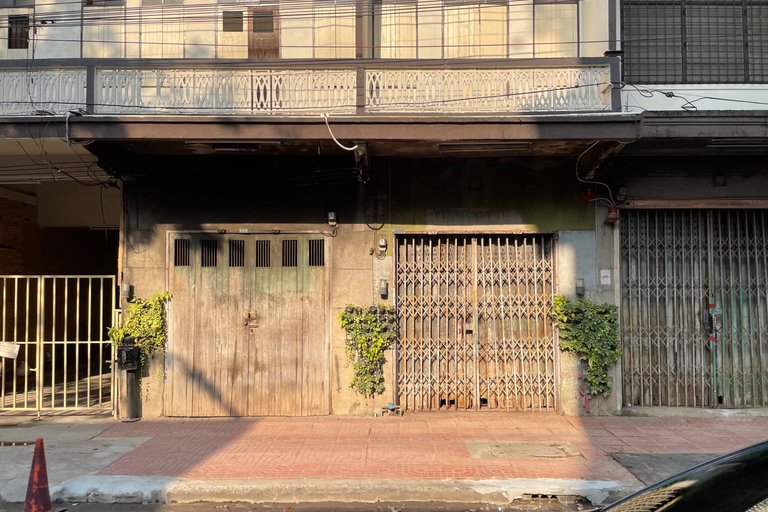
I liked the original architecture of standard uniformity of the facade of the long row of two floors building. This reminded me of Georgian architecture in some old cities in England, like Brighton and Bath Spa. But over the years, new generations of people have modified the buildings to gain more space. Now these old buildings became listed buildings making it illegal to make drastic changes without permissions. Some old buildings have been modified into high rise buildings with very strange facade design resulting in the loss of harmony of visual impressions. People were more concerned about the return on investment and financial results rather than the sense of beauty. The change in architecture reflected the change in people’s belief system towards materialism and money-mindset.
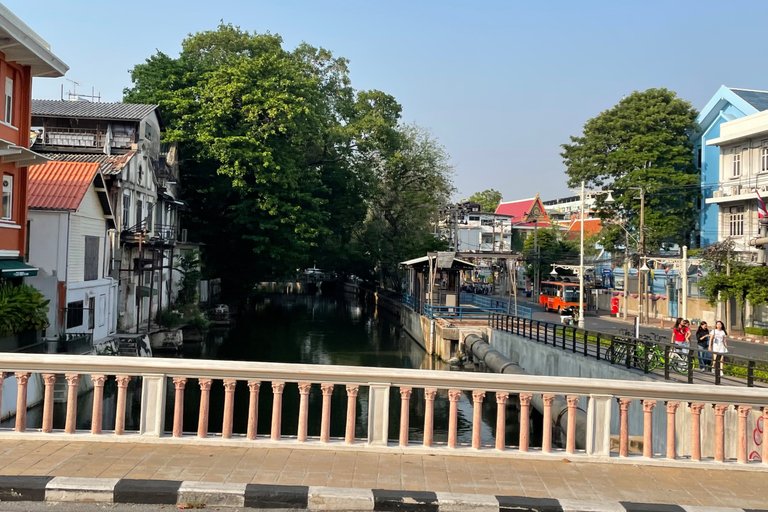
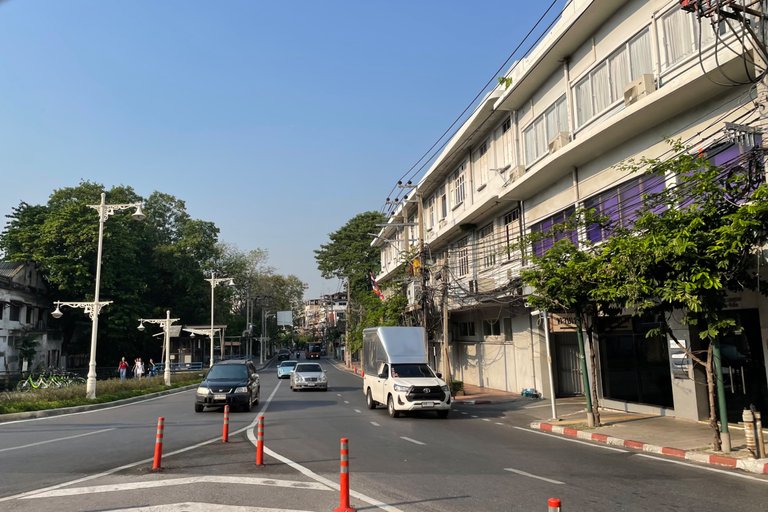
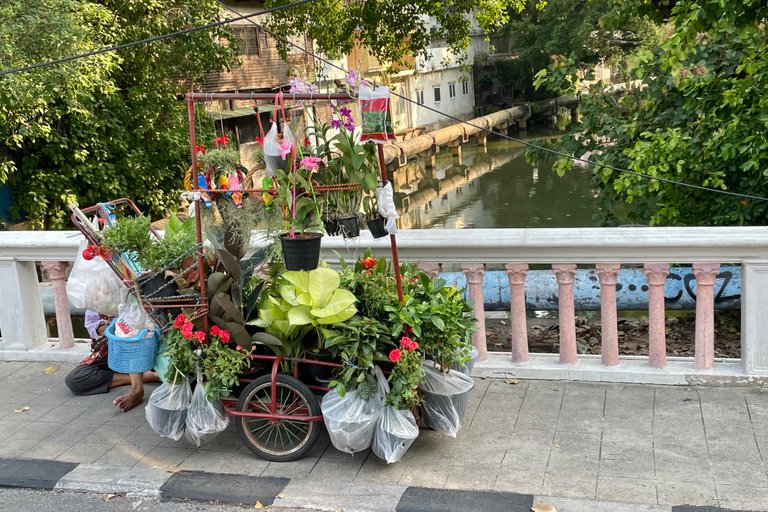
I was taking photos from the bus so some photos were rather lopsided as the bus was moving like a galloping horse. I missed my bus stop so I had to walk back to the Guan Yin shrine. Opposite the shrine, a long row of tourist buses were waiting for the Chinese tourists who were sightseeing at the nearby temple (with the biggest golden Buddha statue). I was very glad that group tours from China have come to Bangkok at long last. There’s a window of opportunity of about two months before the start of the rainy season to make the most of the tourist season.
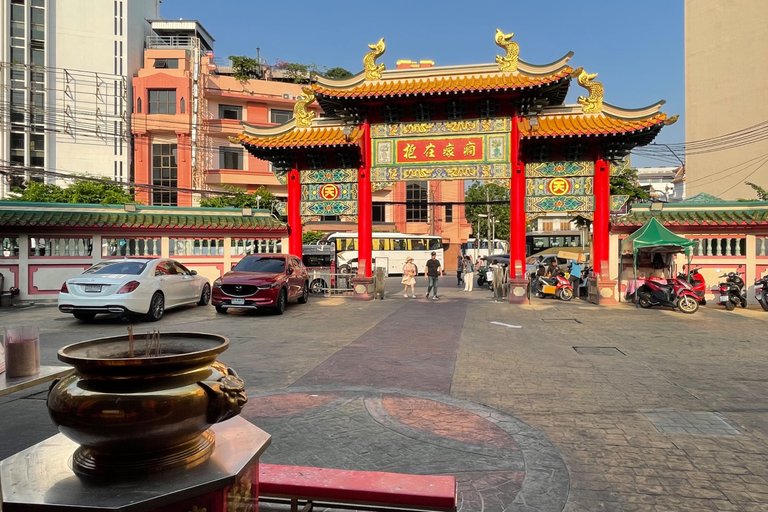
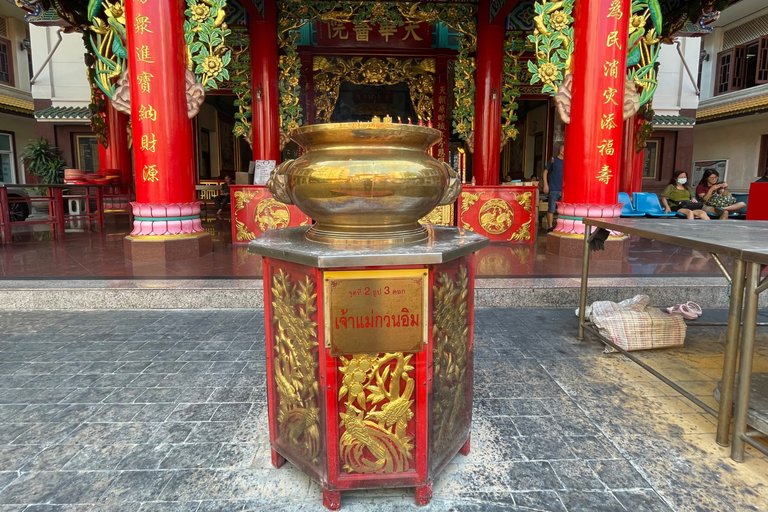
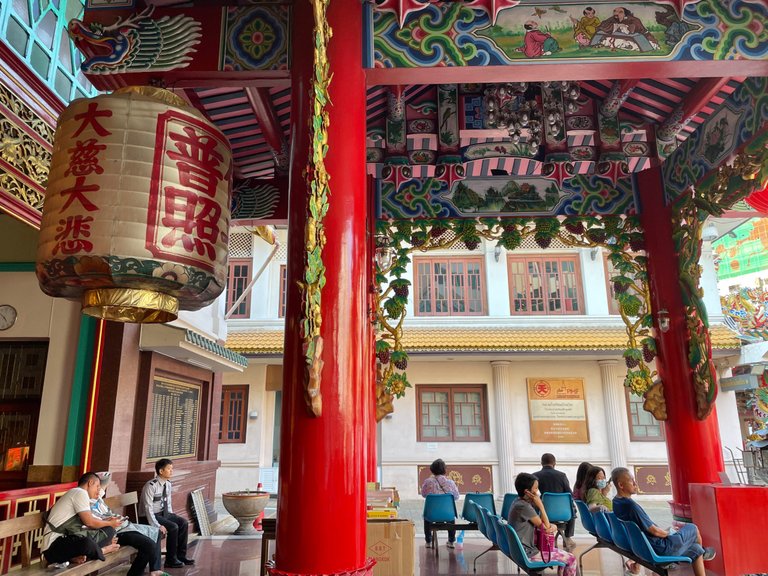
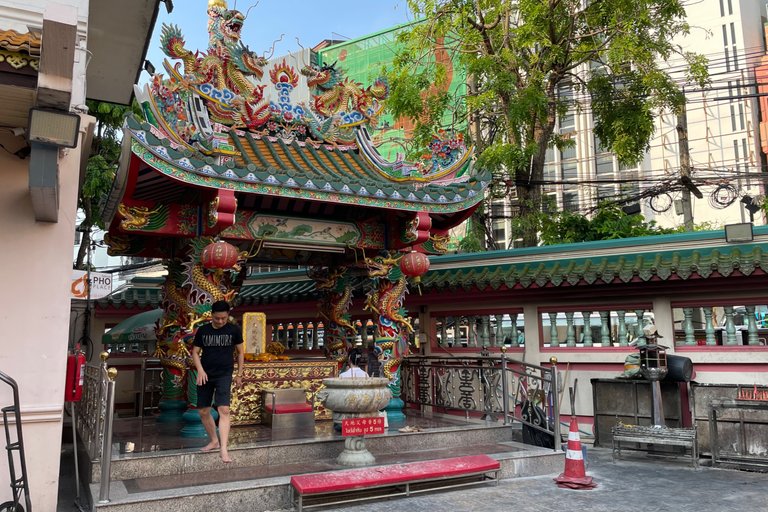
After paying my respect to Guan Yin, I took a walk along Yaowarad road to check things out. I checked out the old rice soup with fish stall whose owner has been there over thirty years. It’s good to see something hasn’t changed. The elderly lady nearby still has her sweet stall. There seemed to be more coffee shops and hostels hidden in side alleys. The old Chinese drug store was still there with added ice cream fridge. I had a look at the ice cream, they looked a bit old so I didn’t get any.
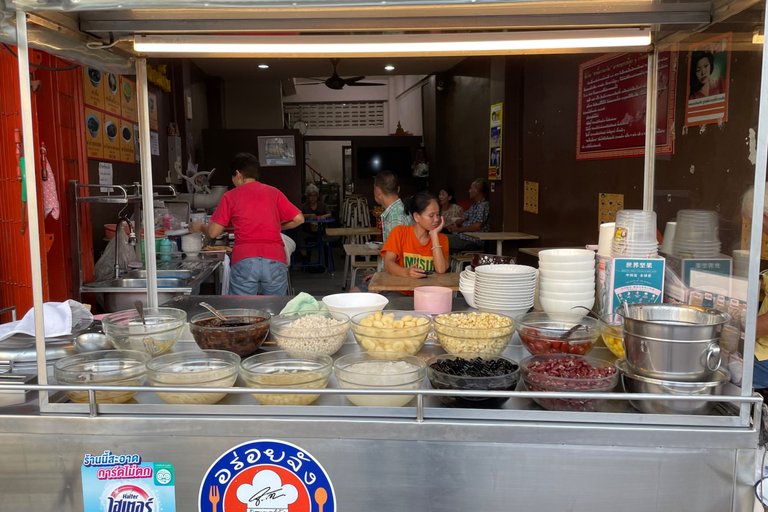
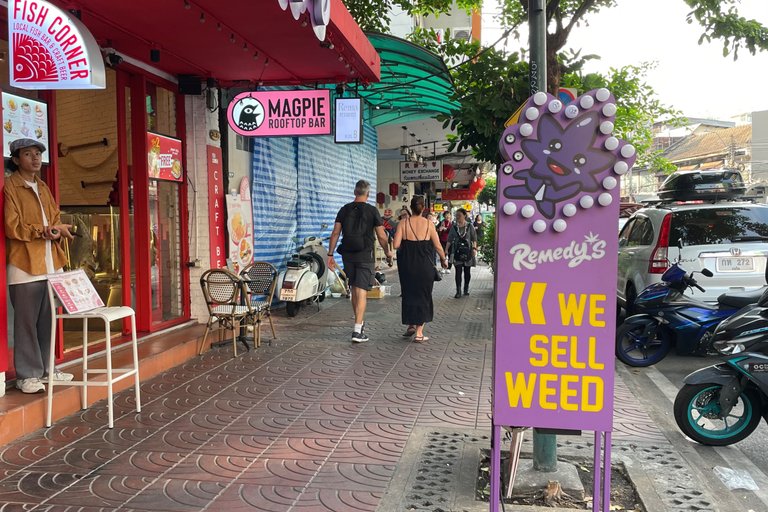
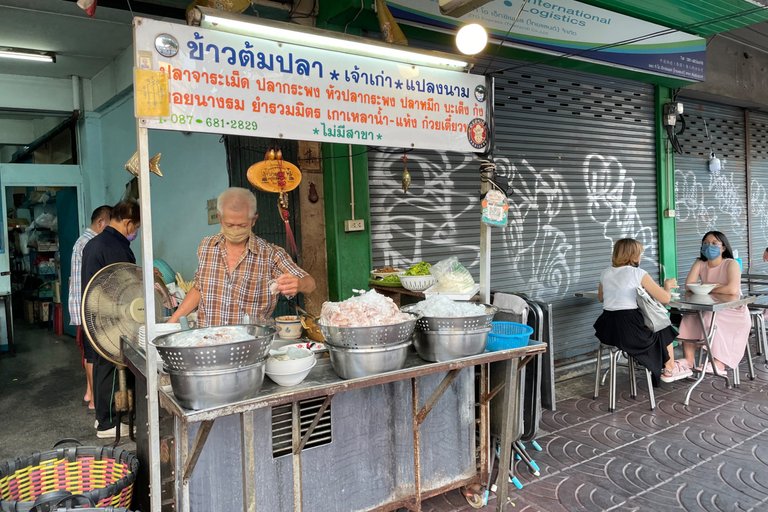
The Chinese tourists were all given orange hats so they could be easily identified by the tour leader. Some Sinhales tourists were on a pilgrimage with a monk-leader. These sinhalese Buddhists were very dedicated Buddhists as they were in white cloths and vegetarians. Most Buddhist temples in India and Ceylon were destroyed through years of religious conflicts ages ago. So, people from Ceylon were quite surprised to see so many old temples and Buddha statues in Thailand.
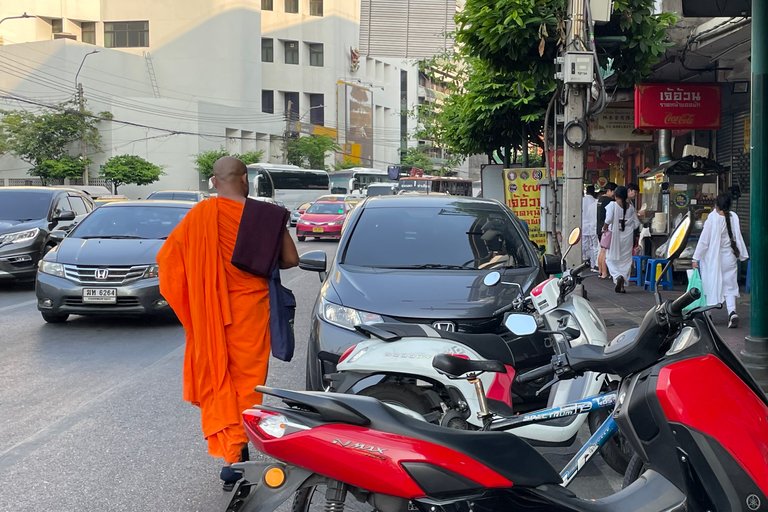

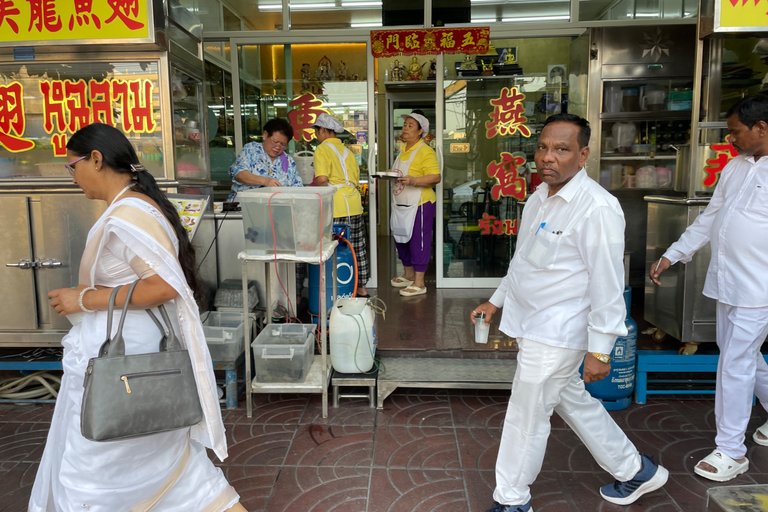
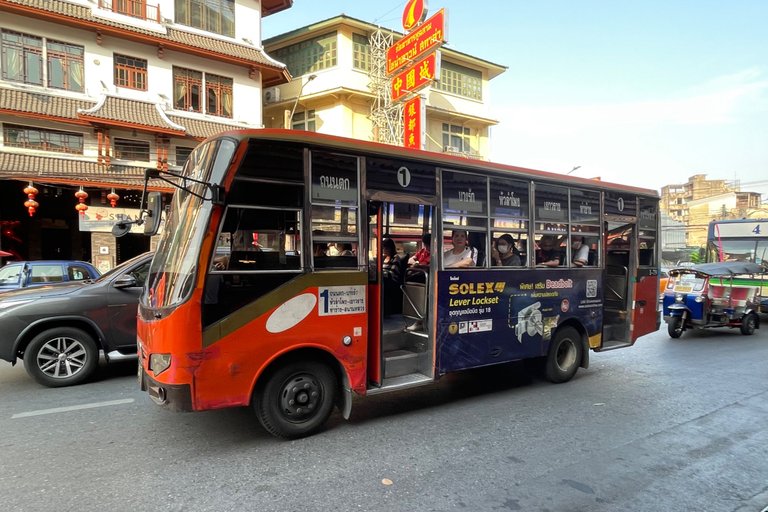
Most young visitors to Chinatown followed their influencers or food critics to visit well known eateries and streetfood stalls. So, some food stalls were packed with long lines while other nearby stall couldn’t attract any customers. I found this practice rather unfair as some restaurant levers could pay for influencers’ promotions. It’s fashionable to post selfies in front of famous locations.
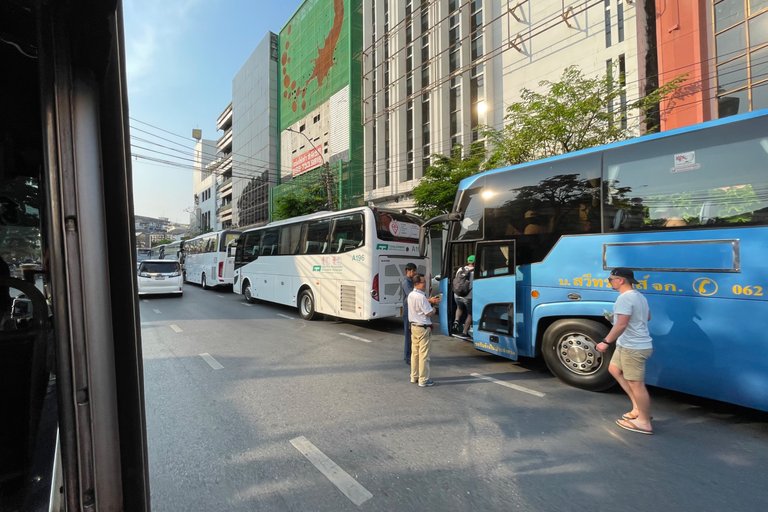
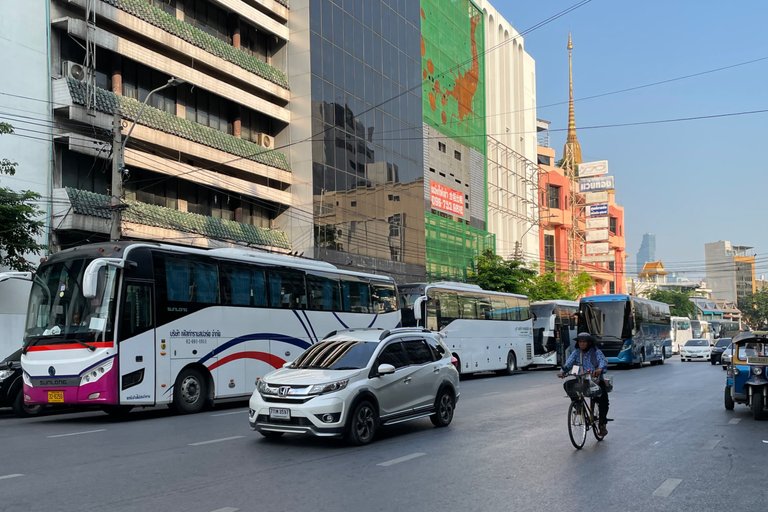
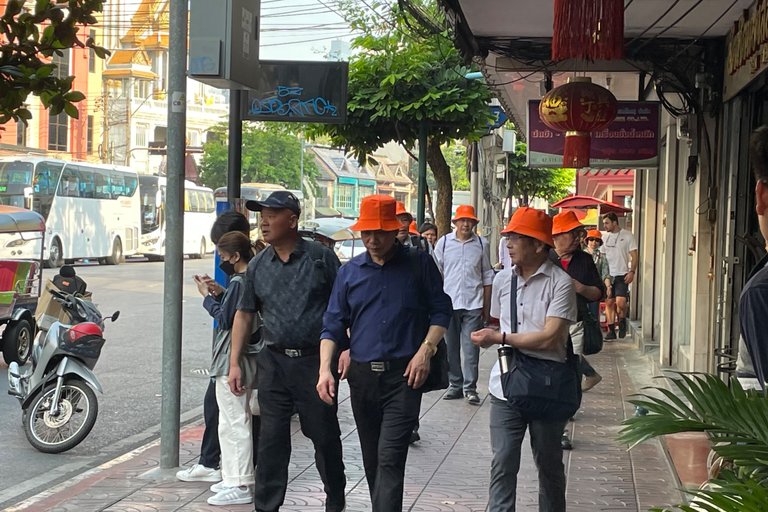

These days I was more interested in taking photos of old buildings in Chinatown as these were important parts of our historical culture. Most people wouldn’t appreciate or understand the importance of having a sense of cultural roots. They would rather concentrate on getting towards their future goals with material success. They couldn’t feel the spiritual link to their past history so they wouldn’t keep the memories of their ancestors and their tribes. So, they would readily accept new technologies and modern architecture. That’s why they wouldn’t hesitate to replace old buildings with modern high rise structures. Lots of antique objects were left at the mercy of construction managers during so many renovation projects of old buildings in the past.

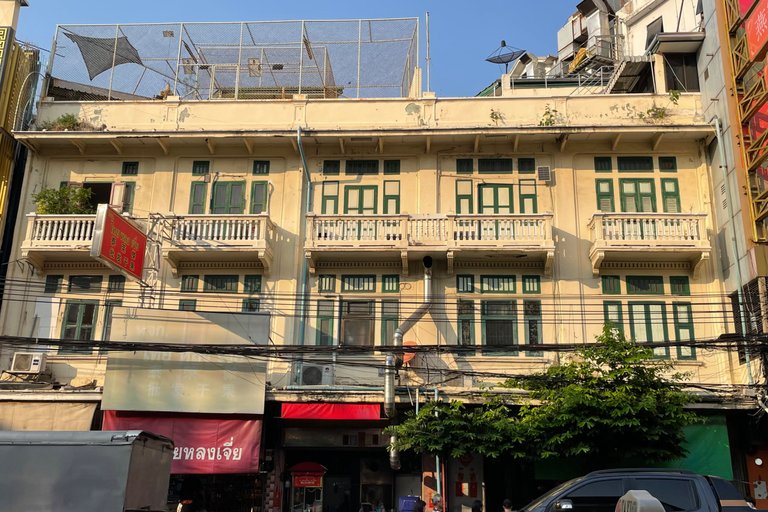
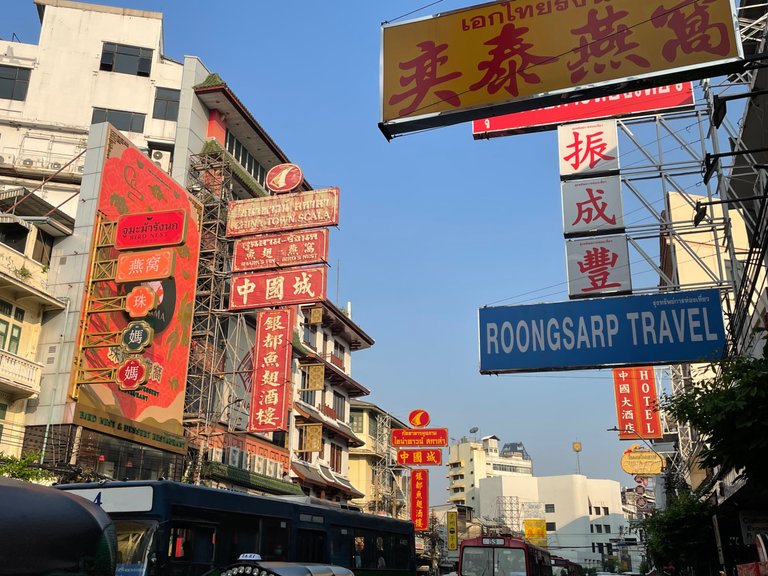
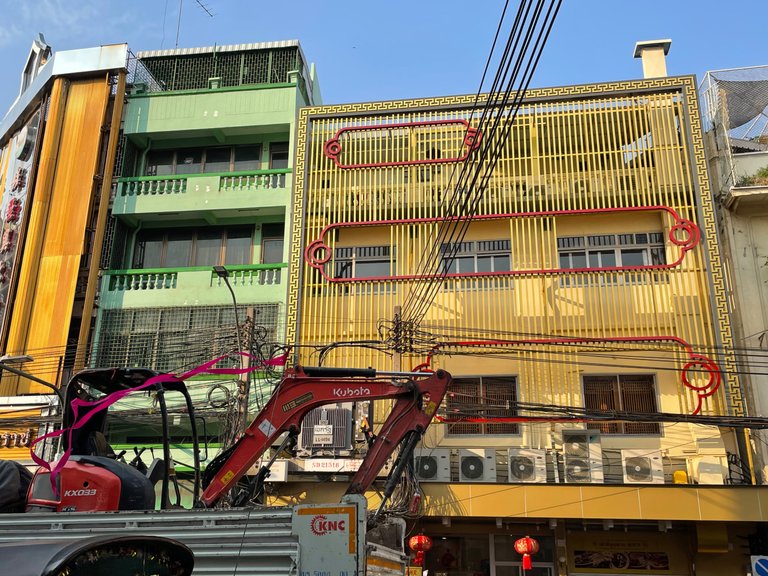
Some old buildings in Chinatown still showed a glimpse of the past glory in beautiful architectural designs. Unfortunately, the owners usually had no idea about artistic designs or period architecture. Sixty years ago, the visual impressions of the original buildings in Chinatown would have been very beautiful and harmonious. Nowadays, the orderly architecture has been replaced by anarchy of modern outlooks and some vulgar statements which stimulated lots of excitement when the evening lights were lit up. I couldn’t help wondering what unexpected changes would take place along Yaowarad road in ten years’ time. Would there still be lots of restaurants with crowded tourists?
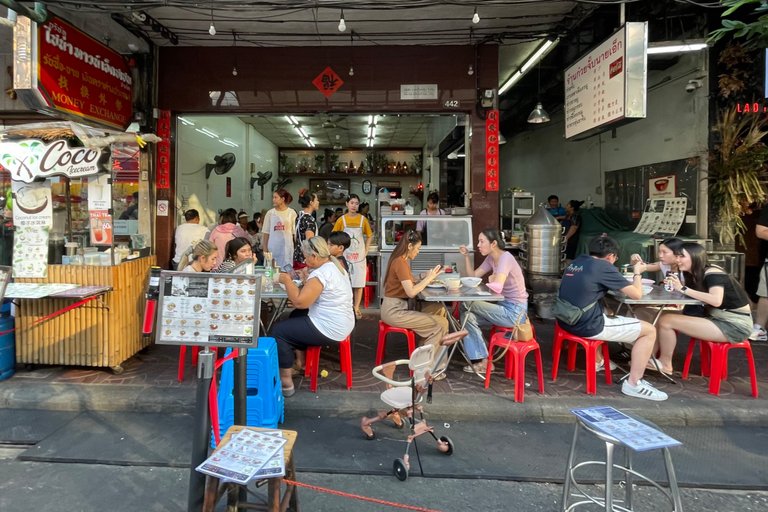
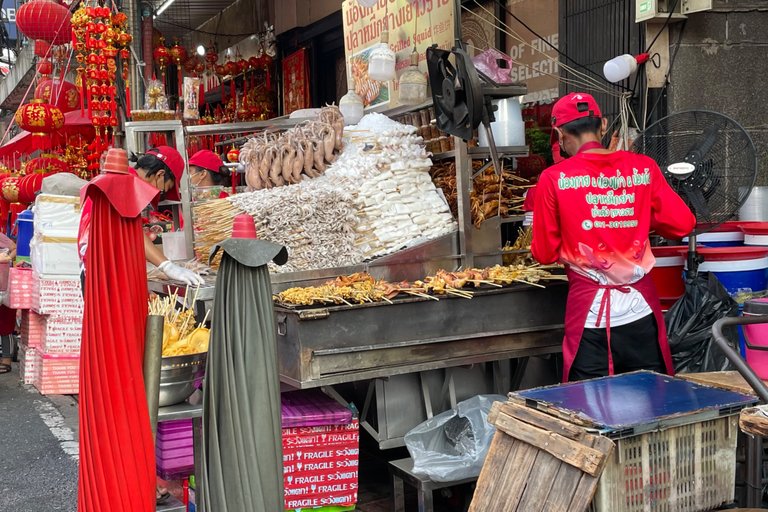
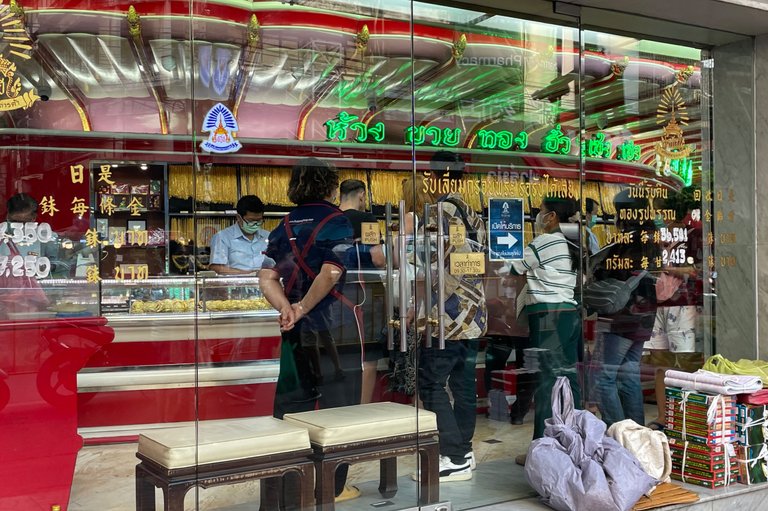

With AI and flying cars, who would want to travel to Chinatown in Bangkok? All experiences would be through virtual reality and food could probably be ‘printed’ by AI programs to replicate all menus around the world. I hope fantastic technological progress would come to us at a snail pace. I still prefer to live in the ‘old world’ of direct perception of reality. But when new memories could be put into people’s mind in the future, I would probably forget about the past and live happily with newly installed set of memories. We would be in a totally different world in the near future!
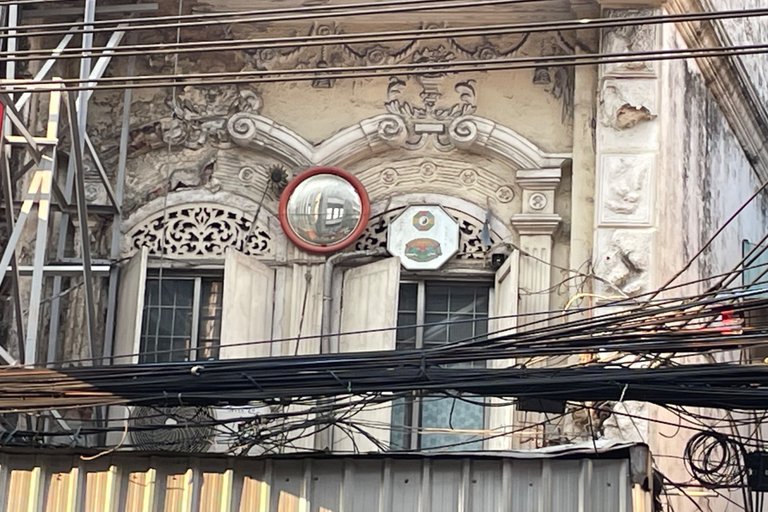
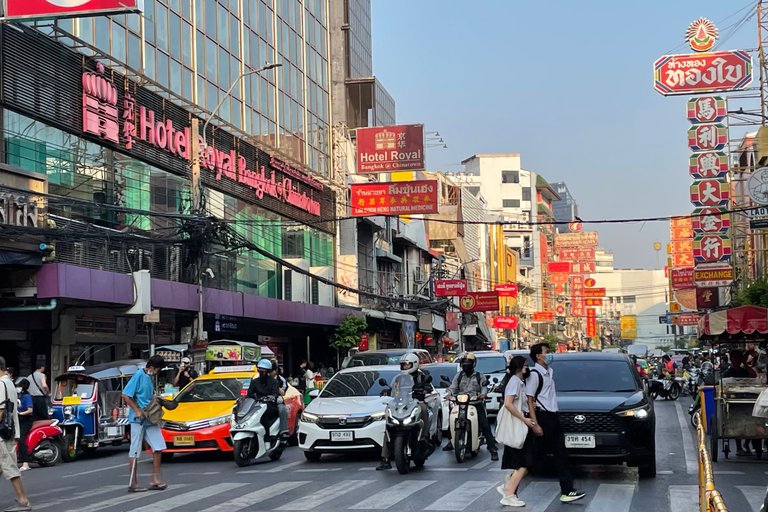
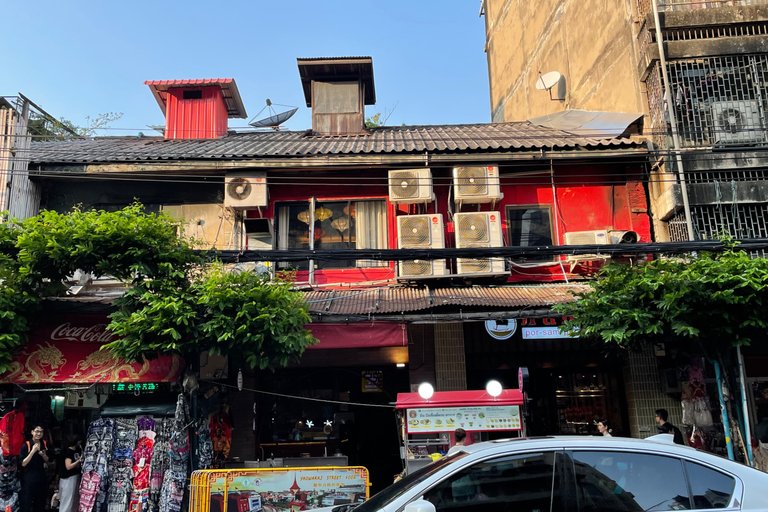
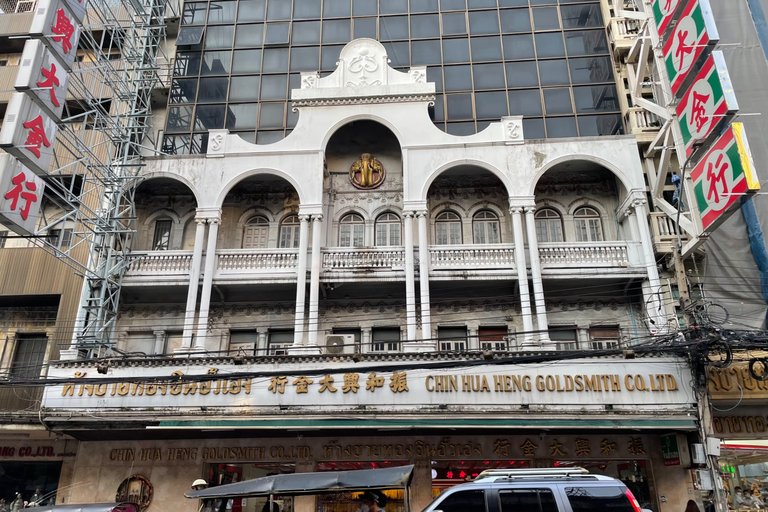
Wishing you peace, good health and prosperity.
Stay strong and cheerful.
#wednesdaywalk hosted by @tattoodjay
Such pretty flowers! And, I love the cart of plants! So cool! Also, great to see you! It's been too long. I hope you're very well!
Thank you very much. You’ve been away for a long time! Hope to see more photos of those powerful mountains.